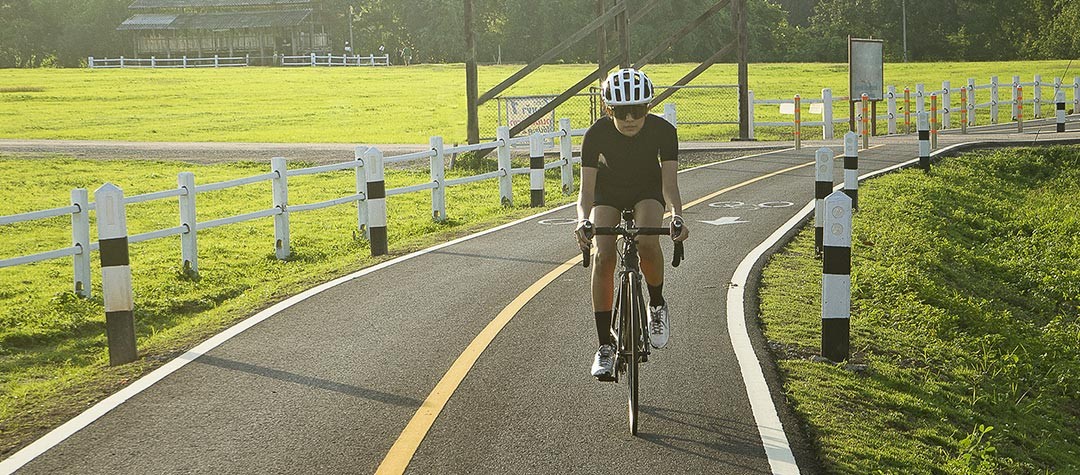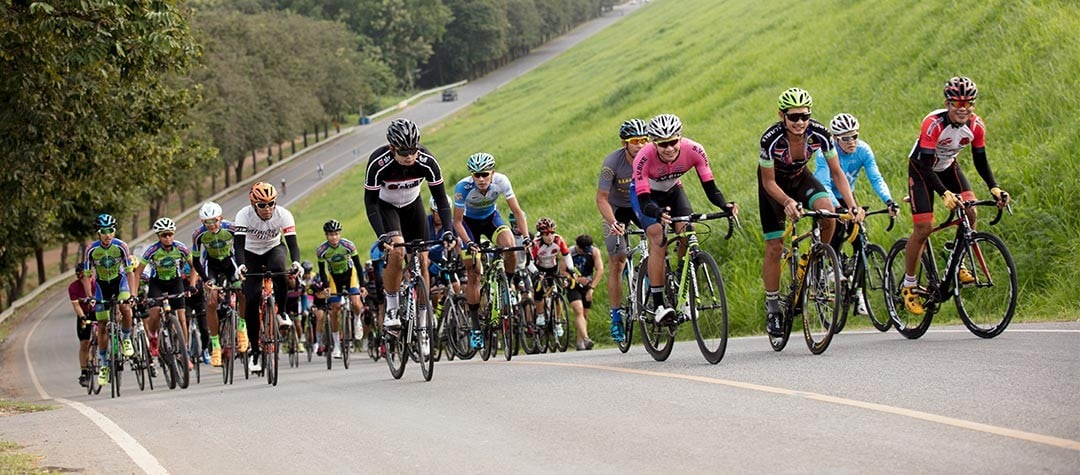Some cyclists swear by the benefits of getting a bike fit while other think it is an unnecessary expense, so who is right?
Over the last few years bike fits have dramatically increased in popularity, in tandem with the dramatic surge in the number of people riding bikes, either competitively or recreationally. An entire industry dedicated to precision, bespoke, biomechanical fits is now flourishing globally. But the question is; are they really worth it?
What is a bike fit?
In a nutshell the aim of a bike fit is to optimize a rider’s position on a bike to ensure maximum comfort and best delivery of power and therefore improve overall efficiency. Other factors are also studied in detail such as aerodynamics, but the overarching aim is get the most out of the combination between rider and bike whilst reducing the risk of injury.
Why get a bike fit?
Improper positioning on a bike can result in more than just a below par and disappointing ride. Firstly you’ll be unable to harness the full extent of the power you generate, secondly you may also end up feeling extremely uncomfortable with sore or even numb hands and feet, add to that knee and back pain. If not addressed these initial ‘aches and pains’ could develop into conditions and even injuries. I’m not trying to be overly alarmist here..
The primary objective of a successful bike fit is to get to a point where you almost no longer feel that the bicycle is there.
The primary objective of a successful bike fit, aside from the reasons already mentioned, is to get to a point where you almost no longer feel that the bicycle is there. The machine should essentially become an extension of yourself, leaving you to enjoy the riding experience in total comfort and focus solely on applying however much pressure and power as you wish through the pedals. As well as enjoying the surrounding countryside rather than worrying about why you feel uncomfortable whilst constantly shifting around in the saddle trying to find the right position.
Bike fit detail
There are numerous methodologies used in the bike fit process, some more complex and detailed than others, using a variety of different technologies. Some focus on traditional biomechanical fits whilst others look to use physiological data (power, cadence, heart rate) as a benchmark. In fact, these days the choice can be a little overwhelming. The process usually takes around 2-3 hours and normally includes a pre fit interview as well as a flexibility assessment. (Getting an ideal position is one thing, being able to actually reach it is another!) The interview is a critical part of the process as factors like pre and existing injuries/conditions need to be taken into account and considered.
The next key steps are to work out the ideal positions for the five contact points where you meet the bike; hands (stem, handlebar and lever hood positions), feet (pedals and cranks) and pelvis/backside(saddle position). I won’t describe in detail each method as different fitters use a variety of methodologies using differing equipment, some at a more basic level and others using lasers and state of the art 3D motion capture. All will generally use some sort of hydraulic rig that can be manually or automatically adjusted as you ride whilst data is captured.
Another key element to ensure is right is stem stack height; how high your hands are when resting on the tops of the handlebars in comparison to your seated position. This is often called the seat stem drop differential. Professional riders more often than not have the stem ‘slammed’ down low with a considerable difference in height compared to their seat. This is because the pros need to adopt a very aerodynamic position. However this posture is very extreme and can cause back pain or even damage if attempted by a rider new to the sport. It’s a common mistake to make as inexperienced riders look to the positions of pros’s for guidance.
When you consider that a bike is symmetrical and our bodies are far from it you can see that this process isn’t a simple case of ‘measure and go...’
When you consider that a bike is symmetrical and our bodies are far from it you can see that this process isn’t a simple case of ‘measure and go,’ but a rigorous and detailed assessment involving the fine-tuning of each contact point. And then there’s the biomechanical knock on effect to the other areas if something isn’t quite right to tackle too. Specific areas that can require a fair bit of trial and error are pedal cleat positions for example. Traditionally this could be a rather long-winded and arduous affair to get right, with potentially serious consequences for your knees if you got it wrong. The bike fit process will make this far easier.
When you take all of this into account you can begin to see where the money is spent. You’re paying for expertise, time and some very expensive equipment and technology when looking at the more expensive end of the Fit spectrum.
To fit or not to fit?
There are of course ways to set up your bike position yourself and this is still what most people do. There are plenty of handy online guides out there if you don’t feel you want to splash out on a bike fit. The decision whether to get a fit or not will also depend on how seriously you take your cycling. If you are riding purely for fun and perhaps use your bike infrequently using an online guide will be fine. However, if you are looking to race or ride sportives then it’s certainly something to at least consider. One way to look at a bike fit is as an investment. It’ll certainly start you off on the right foot as it were. If you do go for a fit, ensure you do your research first.
Bear in mind that as you develop and change as a rider (weight loss, increased flexibility, core strength) your position may change too. It’s a fluid, dynamic ongoing process. Many top pros regularly tinker with their position as they evolve as rider.
Ultimately it’s up to you. You certainly don’t need a bike fit as most of us (including myself) have got to where we are using trial and error and a basic knowledge of the ideal set up, as well as taking advice from experienced riders. But, if you have the budget, are serious about your cycling and keen to ‘fast forward’ through the trial and error phase and want to fully optimize your cycling efficiency, then go ahead.














